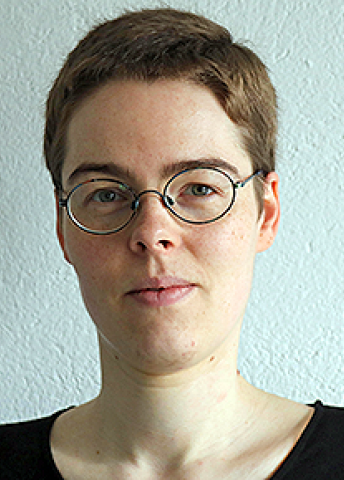
Program for mathematics 2022
Grant to recruit an international researcher
for a postdoctoral position
Associate Professor Lilian Matthiesen
Department of Mathematics, KTH Royal Institute of Technology
Grant to recruit an international researcher
for a postdoctoral position
Associate Professor Lilian Matthiesen
Department of Mathematics, KTH Royal Institute of Technology
Simple questions about prime numbers are the hardest to answer
Associate Professor Lilian Matthiesen will receive funding from the Knut and Alice Wallenberg Foundation to recruit an international researcher for a postdoctoral position at the Department of Mathematics, KTH Royal Institute of Technology, Stockholm.
The proposed project lies within number theory and is closely connected to the study of prime numbers. Prime numbers are integers that are only divisible by 1 and themselves (e.g., 5, 7 or 11). Questions about prime numbers have fascinated mathematicians for over two thousand years and guided much of the development in number theory. The answer to the question ``How many prime numbers are there?'', for example, goes all the way back to the Greek mathematician Euclid, who proved in 300 BC that there are infinitely many primes.
A more precise answer is provided by the prime number theorem, which gives an approximation of the number of primes between 1 and any given integer n. A key question is to understand the size of the error in this approximation when the given integer n is a very large. The famous Riemann hypothesis, from 1859, says that the error in this formula is in fact “optimally small”. This hypothesis is regarded as one of the most important unsolved problems in mathematics.
The prime number theorem has many equivalent formulations and one of them, going back over a century, involves prime factorisations of integers. Every integer can be expressed as a product of primes. Some products consist of an even number of prime factors, such as 21 = 3 x 7 (2 factors), others of an odd number, such as 20 = 2 x 2 x 5 (3 factors).
The prime number theorem is equivalent to the fact that in the interval between 1 and any large integer n there are roughly as many integers with an odd number of prime factors as there are integers with an even number of prime factors.
The discovery that this statistical property also applies to relatively short intervals that start at a large integer instead of 1 has been made just a few years ago, by Kaisa Matomäki and Maksym Radziwill. Their work has opened up new pathways to tackling other, as yet unsolved, problems in number theory. In the planned project Lilian Matthiesen will further explore these new methods with a particular emphasis on how they, in combination with the Riemann hypothesis, can be applied to still unanswered questions about the above-mentioned statistical property.